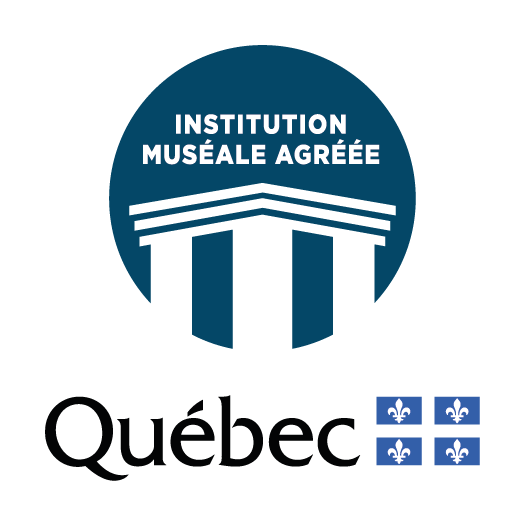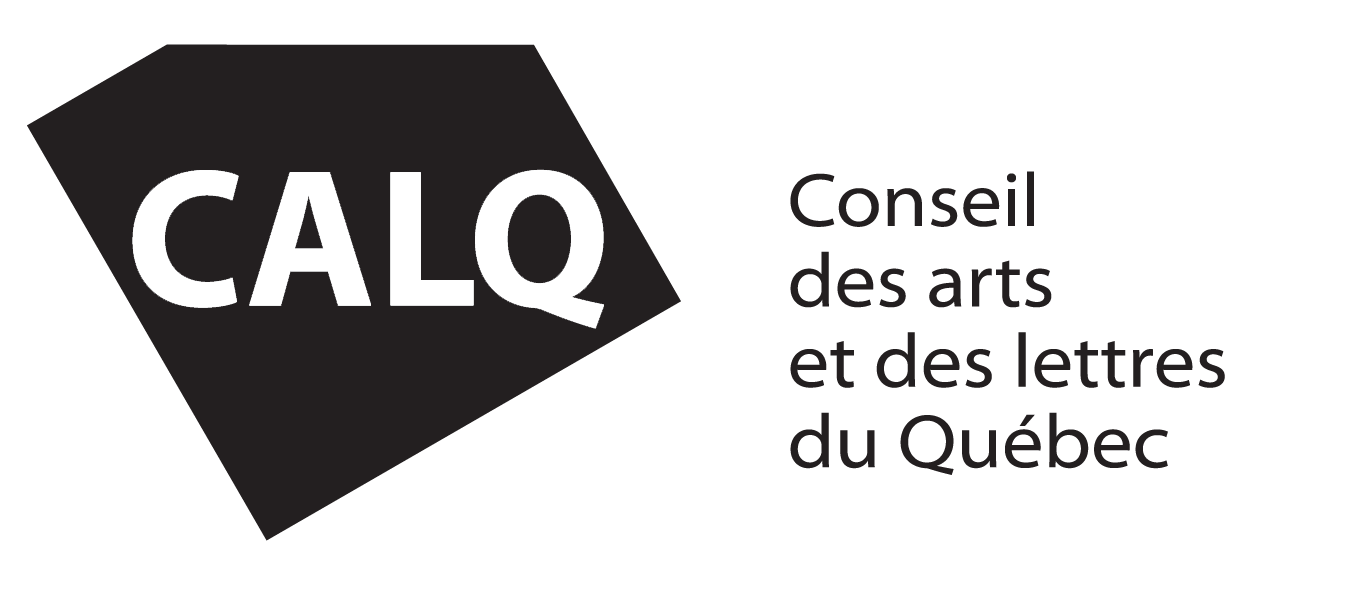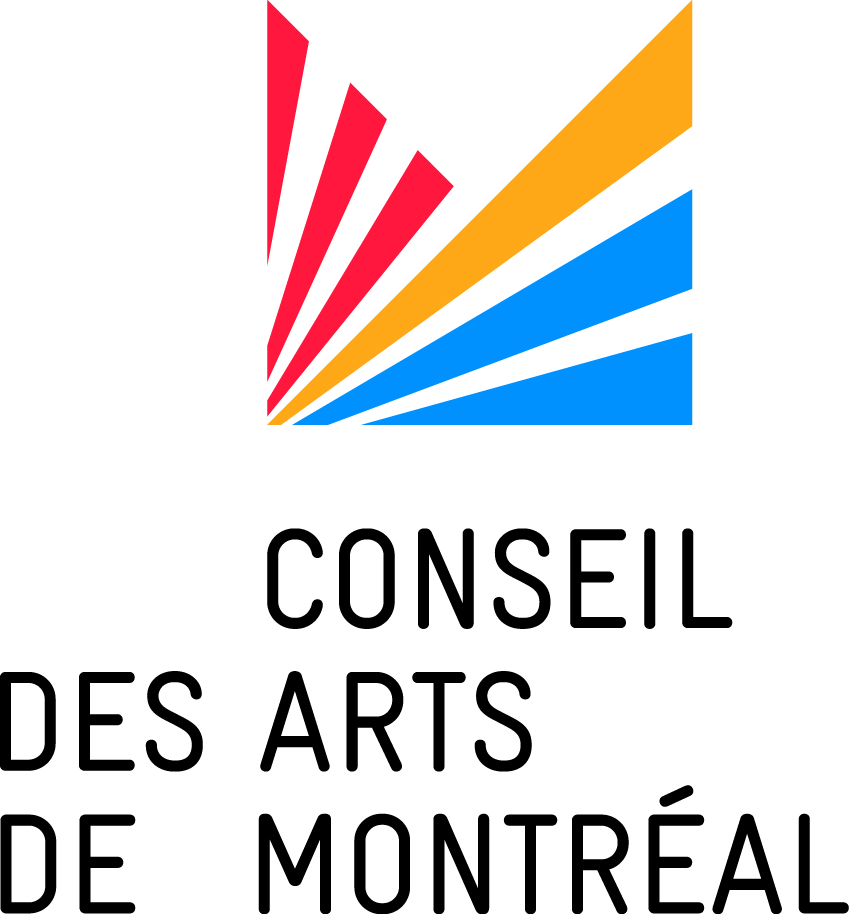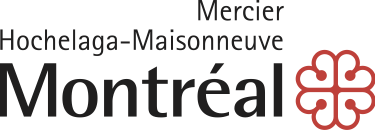The Guido Molinari Foundation has its origins in Molinari’s will, and in the Foundation’s charter, drawn up at the artist’s request during his lifetime. The essence of what inspires the Foundation in its activities and main objectives can be found in these documents:
- To preserve the collection of Guido Molinari’s works;
- Maintain a reference museum for Guido Molinari’s work;
- Promote the dissemination of works by Guido Molinari and other contemporary artists;
- Support artists in their artistic development (residencies).
In addition to these objectives one can add an educational vocation, given Molinari’s unquestionable interest in education and the transmission of knowledge, as evidenced by his commitment during his 27 years of teaching at Concordia University, until his retirement in 1997.
His will also stipulates that the bequeathed property is to be used “to disseminate and promote (his) works and those of other Quebec artists, and thus to have an educational vocation for the benefit of the Quebec public”
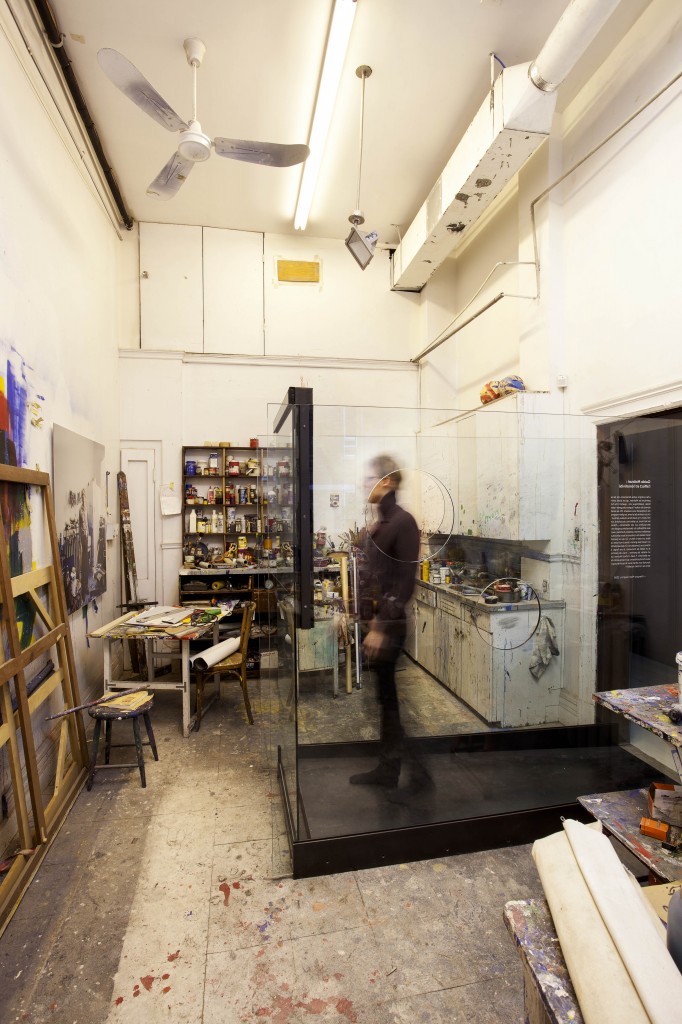
Mission
The Guido Molinari Foundation is a museum whose mission is to preserve and bring to life Molinari’s work.
Vision
To become the reference museum for Molinari’s work, an inclusive, audacious and innovative organization rooted in its milieu, a place for conservation, research, exhibition, education, creation and exchange on contemporary art. A must-see museum for understanding and appreciating geometric abstraction, figurative art and the historical, artistic and social contexts that fostered their emergence.
Values
Accessibility, inclusion, authenticity, museum ethics and relevance.


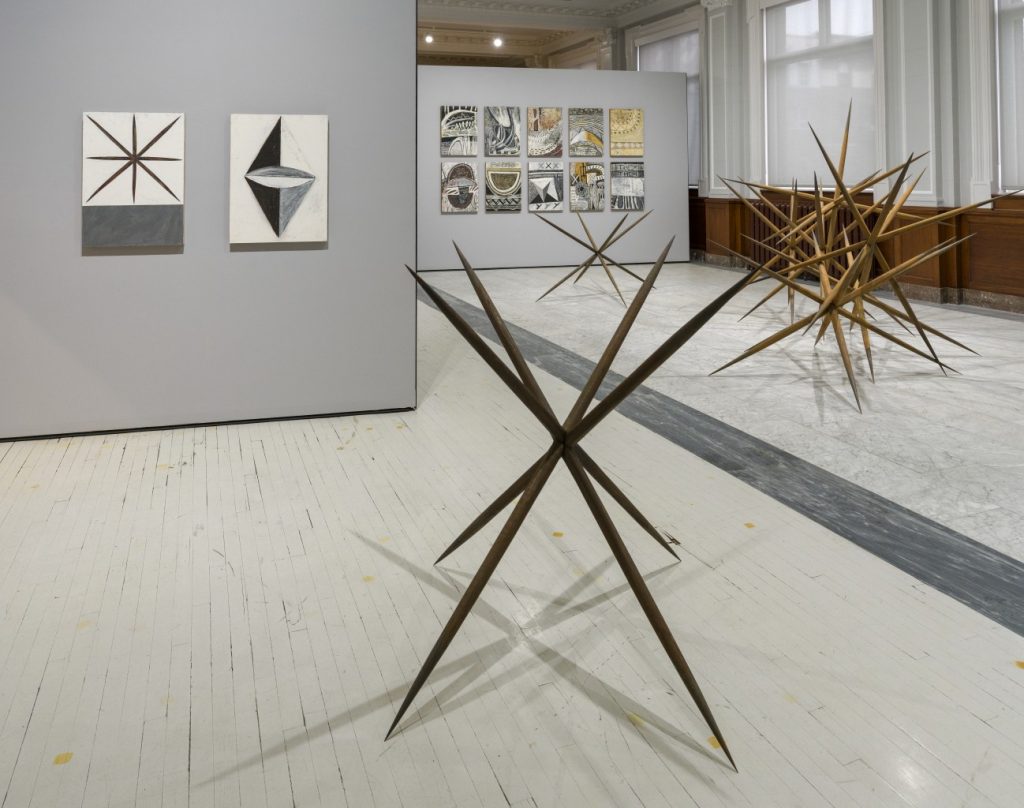
The building
The Guido Molinari Foundation occupies the building of a former branch of the Montreal City and District Savings Bank, built in 1927-28. After the institution departed the premises, Molinari acquired them in 1982 for the purposes of his studio and living quarters. The artist occupied the building until his death in 2004. Between 2006 and 2012, _naturehumaine architectural firm worked on the rehabilitation and adaptation of the building as a place to store, show and explain contemporary art and to serve as a focus for the activities of the Foundation. The results received an Award of Excellence from the Ordre des architectes du Québec in 2013 (Interior Design Category).


